At City Osteopaths, all our Osteopaths are Registered with the Osteopathic Council of New Zealand and five of us (Drs Emma, Venla, Giulia, Sebastian and Melanie) are trained to assess and treat pregnant women. This includes specific medical history considerations, treatment positioning for comfort and the most helpful, gentle treatment approaches to ease pregnancy pains and prepare for birth.
We can usually quickly and gently help reduce or eliminate back pain, neck pain, pelvic pain, headaches, sinus, rib pain and/or reflux during any stage of pregnancy. We work to be able to help prepare women for labour and give space to babies who are breech which may enable them to turn their head downwards naturally for successful labour.
We highly recommend all women make an appointment to get a one-hour pre-labour back and pelvic check and treatment at around 35 weeks of pregnancy. At this initial appointment, we take a thorough medical history and do a physical and osteopathic examination so we can assess and assist your back, pelvic joints and associated soft tissues (muscles and fascia) to be as well organised and balanced as possible for successful labour.
At City Osteopaths, we have helped thousands of women have a successful birth with minimal or no medical intervention.
Then at around two weeks post-birth, we recommend you come in with your baby for a check-up.
With decades of experience in treating women pre and post-partum, we have found all women need their pelvis to be rebalanced due to the forces involved in being pregnant and birthing a baby. (Either through the birth canal or a caesarian section). Also if there is ongoing discomfort, we are able to gently treat the areas, such as the site of an epidural injection and ease the pain away.
We also are able to give post-pregnancy advice for your best recovery including specific pelvic floor advice and abdomenal muscle guidance - so you have a planned and safe return to exercise post-birth.
Research to show that Osteopathic manipulative treatment slows or halts the deterioration of back functioning in pregnancy:
This is a permanent link to Anna Kurth's Osteopathic treatment in Pregnancy research.
INTRODUCTION TO THE TOPIC
It is becoming increasingly common for women to seek complementary and alternative
therapies for alleviation of common complaints associated with pregnancy (Adams et al., 2009).
These complaints can severely impact on women’s quality of life and in some cases affect their pregnancy and childbirth experience (Borggren, 2007; Olsson & Nilsson-Wikmar, 2004).
Alongside this, anecdotal claims have been made that osteopathic treatment can decrease labour duration by ensuring that biomechanically, the pelvis is working effectively and is
therefore more able to comply with the added demands of pregnancy and the infant’s descent (Borggren, 2007; King et al., 2003). This is thought to play a role in decreasing the need for interventions such as forceps and ventouse extraction. Identifying the attitudes and experiences of women who have experienced osteopathy during pregnancy will offer further information regarding the role osteopathic care played in their pregnancy and birth experience. Research into the effects of osteopathic treatment for this sector of the population is limited and it is hoped that by gaining insight into the attitudes and experiences of the women, valuable information will be added to current literature, providing a research base on which further studies may be conducted.
To find out more about the author Melanie, click here




